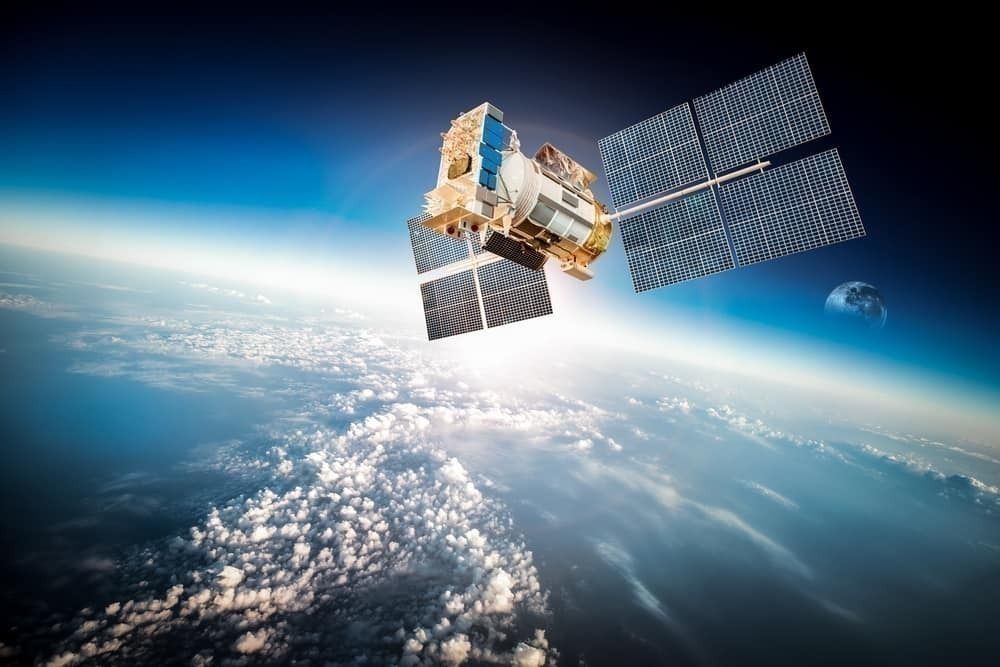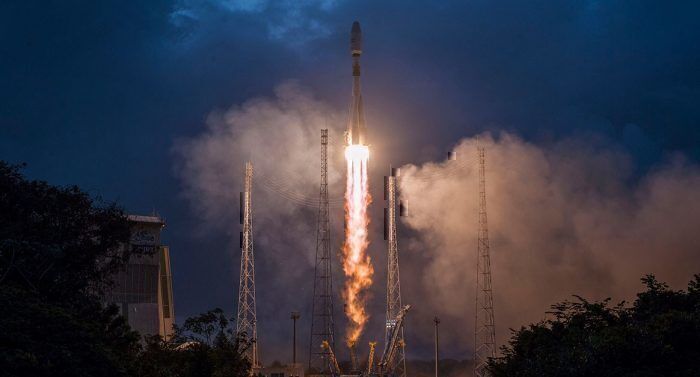London based satellite firm OneWeb has filed for bankruptcy protection in the US. The company, which had high hopes of becoming a major player in the low Earth orbit (LEO) satellite market, blames its financial strife on the COVID-19 outbreak.
OneWeb files for bankruptcy protection
Ambitious UK startup OneWeb announced late on Friday that it would voluntarily file for relief under Chapter 11 of the US Bankruptcy Code. It had been speculated that this would happen after the firm was revealed to be straining under the pressure of the coronavirus outbreak earlier last week.
Want to stay up to date with inflight connectivity news? Sign up for our monthly IFC newsletter.
In a press release announcing the move, the company said it intends to use these proceedings to pursue the sale of its business in order to maximize the value of the company.
CEO Adrian Steckel commented on the situation in a statement, saying,
"OneWeb has been building a truly global communications network to provide high-speed low latency broadband everywhere. Our current situation is a consequence of the economic impact of the COVID-19 crisis. We remain convinced of the social and economic value of our mission to connect everyone everywhere.
“Today is a difficult day for us at OneWeb. So many people have dedicated so much energy, effort, and passion to this company and our mission. Our hope is that this process will allow us to carve a path forward that leads to the completion of our mission, building on the years of effort and the billions of invested capital.
“It is with a very heavy heart that we have been forced to reduce our workforce and enter the Chapter 11 process while the Company's remaining employees are focused on responsibly managing our nascent constellation and working with the Court and investors."
Failure to secure investment
The company laid the blame for its collapse firmly on the coronavirus pandemic, but also shone the spotlight on its biggest backer SoftBank. The firm had been in talks with SoftBank to raise an additional $2bn in fresh funding. It had already attracted around $3.4bn of investments, but it was estimated that at least double this amount was required in order to complete the LEO project.
It said that new funding was not able to be secured from its investors, funding which it said was needed to pursue full deployment of its constellation and to launch the service commercially.
Shares in the SoftBank Group fell more than 10% early on Monday following the OneWeb announcement. SoftBank has, to date, invested around $1.9bn in OneWeb and is a 40% shareholder in the company.
Want to stay up to date with inflight connectivity news? Sign up for our monthly IFC newsletter.
Most of the workforce axed
According to reporting in the Financial Times, most of OneWeb’s workforce has already been axed. The outlet reports that just a few dozen people remain employed by OneWeb, tasked with looking after the 74 satellites the company already has in orbit.
OneWeb had completed two launches already in 2020, both in the past six weeks no less. This took its orbital fleet from six to the current 74, bringing it to more than 10% of the targeted 600 units planned for the network. It had also begun mass producing its LEO fleet at a huge new production facility in Florida.
Retaining some of the workforce means OneWeb will be able to keep its spectrum license. However, with creditors also suffering from the COVID-19 outbreak, including Arianespace to which OneWeb owes $238m, finding a buyer is an urgent priority for what’s left of the company.
This article is brought to you by Simple Flying Connectivity, a new category on Simple Flying dedicated to inflight connectivity. Click here to read all of our inflight connectivity content.





